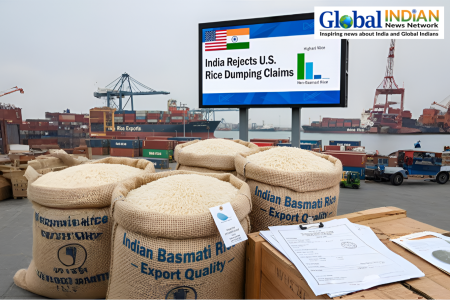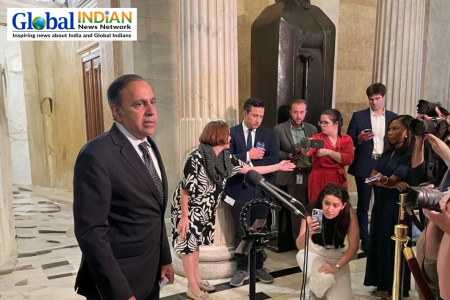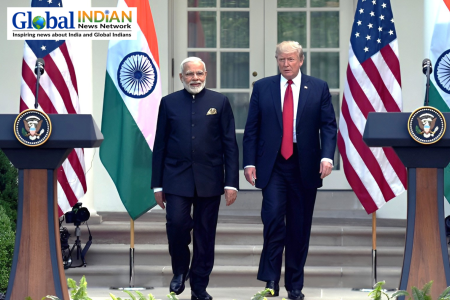
Highlighting the growing space collaboration between India and the United States, NASA Administrator Bill Nelson announced that the US space agency is advancing the initiative on Critical and Emerging Technology (iCET) alongside its Indian counterparts. This collaboration includes a joint mission involving an ISRO astronaut aboard the International Space Station (ISS).
Nelson stated that NASA is continuing to build on the foundation laid during his visit to India last year. He emphasized that the United States and India are expanding their space partnership through the iCET initiative, which aims to benefit humanity. The upcoming joint effort at the ISS with an ISRO astronaut is a significant step in this direction. Although details about the mission are still being finalized, the collaboration is expected to support future human spaceflight and enhance life on Earth. Nelson shared these insights on the social media platform X on Thursday.
During his visit to India last year, Nelson held several meetings and praised India’s success with the Chandrayaan-3 mission. Recently, India and the US conducted the second meeting of the US-India iCET initiative in New Delhi, with National Security Advisor Ajit Doval and US NSA Jake Sullivan in attendance. A significant outcome of this meeting was the conclusion of the Strategic Framework for Human Spaceflight Cooperation, which aims to deepen interoperability in space and initiate advanced training for ISRO astronauts at NASA’s Johnson Space Center.
This collaboration marks the first joint effort between NASA and ISRO astronauts at the ISS, representing a milestone in the India-US space partnership. NASA will train two Indian astronauts, one of whom is set to travel to the ISS later this year. ISRO Chairman S Somanath previously mentioned that ISRO would likely select four astronauts for this training program.
In addition to human spaceflight, the two countries are preparing to launch the NASA-ISRO Synthetic Aperture Radar (NISAR) satellite. This joint project aims to map the entire Earth’s surface every 12 days, addressing global challenges such as climate change. NISAR will be the first radar imaging satellite to use dual frequencies, with a mission duration of three years. Its primary objective is to monitor complex natural processes, including ecosystem disturbances, ice-sheet collapse, and geological events like earthquakes, volcanoes, and landslides.
Additionally, India and the US are considering involvement in the Lunar Gateway Programme, marking a major step forward in human space exploration. The Lunar Gateway will serve as a versatile platform for lunar missions, scientific research, and preparations for deep-space endeavors led by the US.













